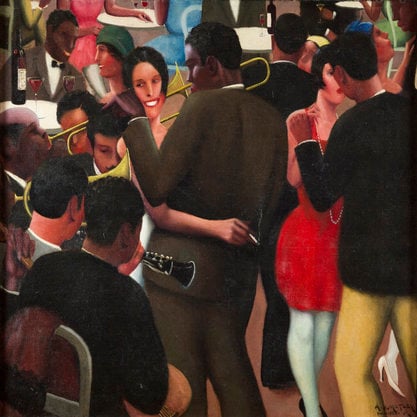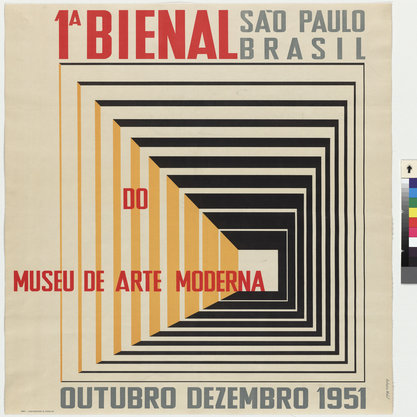Article
Mambo By McMains, Juliet
Article
Mambo music, which emerged in Cuba in the 1940s but was popularized in Mexico City and New York, blended jazz harmonies and instrumentation with Afro-Cuban rhythms. Mambo dancing evolved in New York City in the late 1940s and became an international dance craze by the early 1950s. The dance was based on the Cuban son, with the addition of turns borrowed from American swing dancing, and solo dance steps adopted from Cuban rumba, Puerto Rican bomba, and African American jazz. The dance emerged through the intermingling of these traditions in New York’s dance halls, especially Harlem’s Park Palace/Plaza and the Palladium Ballroom. Jewish resorts in the Catskills provided economic capital to sustain and disseminate the form by employing dozens of mambo bands and dancers every summer. The source of both mambo’s scandal and its appeal was the sensuality of the dance and the unpredictability of its improvisational solo steps. Mambo dancing evolved into salsa dancing in the 1970s and later experienced a resurgence of popularity in the late 1990s and 2000s during the salsa dance craze. Many New York salsa dancers prefer to identify their dancing as mambo, often drawing on 1950s mambo steps for inspiration.


